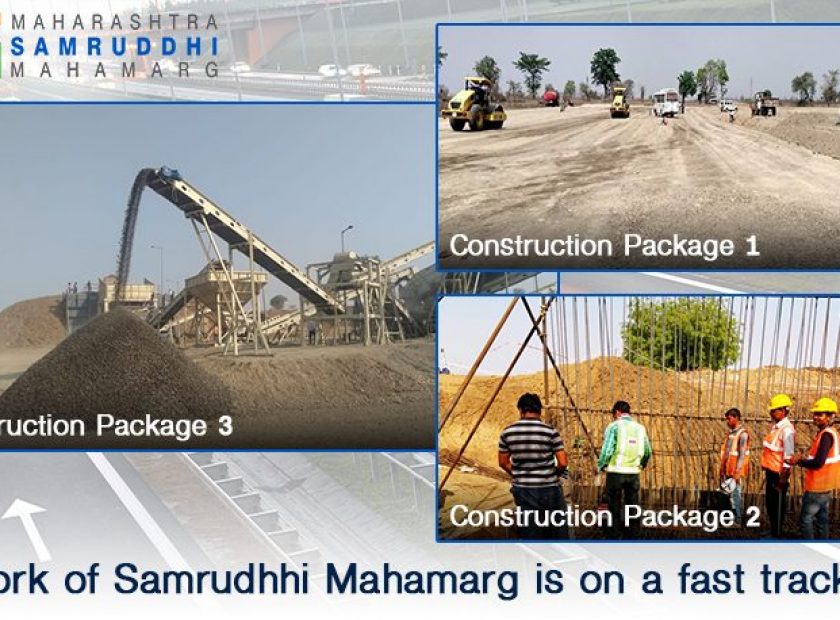
MSRDC is always mindful about the environment and sustainability while providing people with the state of the art infrastructure. The corporation has paid a close attention for attaining a balance with the environment during Maharashtra Samruddhi Mahamarg project. Therefore, they have applied appropriate solutions at every step of its implementation. What are these solutions? How will the ecological balance be achieved through this? This blog, ‘Prosperity by environmental protection’ hopes to shed some light on these solutions.
Maharashtra State Road Development Corporation aims to conserve the rich ecological heritage of Maharashtra during its Maharashtra Samruddhi Mahamarg project. The design of the project itself demands that we keep environmental sustainability as our goal as we move forward with this project. MSRDC planned the project in a manner which will have a minimum environmental impact and a minimum effect on the ecological diversity of this region.
Any highway project begins with the road alignment. In this first step, the route is designed to have a minimum impact on the forests and also will result in minimum displacement of people and their resources. In this particular project, this entire first step proved to be very challenging for MSRDC.
As far as possible, the environmentally sensitive areas, sanctuaries and forest land have been avoided. Since the beginning of this project, MSRDC had a challenge of completing this project without disrupting the social life.
During the primary planning of Maharashtra Samruddhi Mahamarg, MSRDC completed the initial alignment while keeping the following things in their mind.
- Using minimum forest land for the proposed Samruddhi Mahamarg.
- Excluding environmentally sensitive areas like sanctuaries as far as possible.
- Trying to exclude places which have historical and religious significance.
- Making use of barren land as far as possible.
- Conserving natural water flows by building over bridges, small bridges and culverts wherever possible.
- Restricting the limit of curves to be of 200 meter radius.
- Identifying sources of materials, water and location of stone quarries in the neighbourhood to minimise waste deposits.
- Taking help of local markets for sourcing the materials.
With these steps, MSRDC has tried to have minimum ecological impact.
The route selection began with marking likely routes of the alignment on satellite images. This was followed by ground verification for which the experts traversed the entire length of the proposed alignment for several days at a stretch to carefully review the terrain, land use, existing structures, materials required for building the road and proposed locations of interchanges, etc.
The experts, during the alignment process of Package 2, that is the way from Amravati to Buldhana, realised that the alignment traverses through Katepurna sanctuary which lies in the border areas of Amravati and Washim district. After realising this fact, the alignment was adjusted as such that the ecologically sensitive areas of Katepurna sanctuary are avoided altogether.
With the inputs from the Wildlife Department (Forest Department) of the Government of Maharashtra, the wildlife underpasses were provided for the animals so that they will have a safe passage to cross the highway.
MSRDC has followed such best practices in each of the packages and has shown that it is possible to realign the route after due consideration rather than cutting through a natural habitat. They have also shown by example that MSRDC will always plan its projects so as to not harm the environment for the human development.




